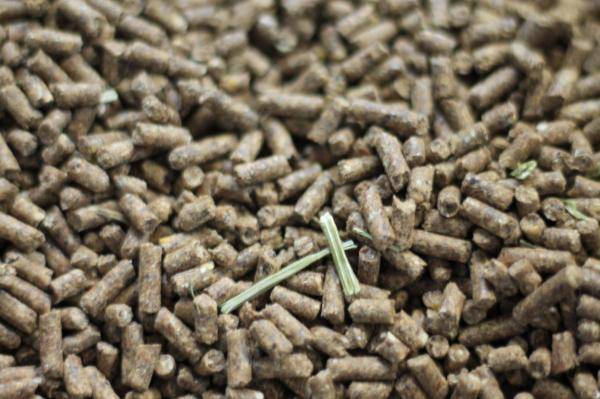Pelleting is part of daily practice for the majority of compound feed manufacturers in Belgium and the Netherlands. For almost 50 years, pelleting animal feed has been known to increase feed efficiency. It therefore also influences the financial performance of livestock. The technology concerned has evolved enormously over time and has no longer been confined to simply pelleting for years. Both the preliminary process (grinding, conditioning), the pelleting process itself and how the pellets are finished can no longer be compared with the process of several decades ago. But despite this technological (r)evolution, producing pellets with an optimal and acceptable quality remains a challenge. Concepts such as hardness and abrasion resistance are now generally accepted, but which interventions should you take in the case of disappointing pellet quality?
In 2021 problems with pelleted feed are still reported regularly: "poor pellets", too much flour fraction in the pellets, feed that gets stuck in the pelleting line...
Apart from problems at the factory, there are also negative effects for the animals: a decline in feed intake is usually observed and, ultimately, reduced zootechnical results are also seen. This equally applies to poultry, pigs, ruminants, horses or rabbits.
This is probably a familiar situation for feed manufacturers: the process operator in the factory asks the nutritionist to intervene and take action. The nutritionist is likely to frown and wonder whether the process operator is pressing the right buttons... And how they can tweak the feed formulation in an attempt to solve the problem.
Many complaints often lack a clear description of the problem. Nutritionists who have to make do with a vague description such as "poor pellets" may already be facing a struggle. Or they are inclined to adapt the feed formulation based on previous experiences, without the help of a "manual" or plan of action. But, in addition to the feed recipe, there are, of course, many other parameters that affect pellet quality.
Pellet Quality Manual
Recent research (2020) conducted by the Dutch Feed Design Lab (FDL) is trying to change this. During the Covid-19 lockdown last year, the FDL refused to be despondent and got to work identifying all the possible factors that are crucial to getting the perfect pellet from the pelletiser.
In addition to the feed formulation, the following factors affect pellet quality:
- particle size and granulometry (type of pellet mill, maintenance to mill...)
- conditioning (type, capacity, settings, steam, flow...)
- pelletiser properties
- cooler
- feed line capacity, production efficiency
- operator skill
- transport by trailer
- storage
- transport to the customer and unloading procedure
In 2016 we already published a technical note (TN 636) explaining the importance of pellet quality (hardness and abrasion resistance) in broilers and pigs. Based on the new insights above and additional process tests, we have now updated this TN. Detailed information is given concerning the practical possibilities available to make adjustments for pellet hardness and abrasion resistance.
The TN also provides a number of practical recommendations and tips that will help nutritionists and process operators - each within their own scope - to intervene in the event of problems. A practical manual.


